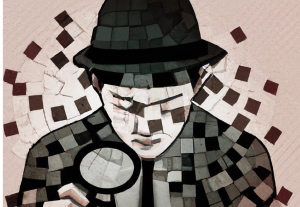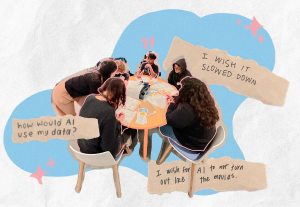- Artificial Intelligence, Defining AI, Direct Observation Research, Research Methods and Techniques, The Evolution of Research
Synthetic insights are not research. They are the fastest path to destroy the margins on your product.
Article by Pavel Samsonov
No, AI User Research is Not “Better Than Nothing”—It’s Much Worse
- The article critiques the growing trend of substituting human-centered design processes with AI-generated insights, highlighting the potential pitfalls and implications for design quality and user experience.
Share:No, AI User Research is Not “Better Than Nothing”—It’s Much Worse
Share this link
- May 30, 2024
6 min read







